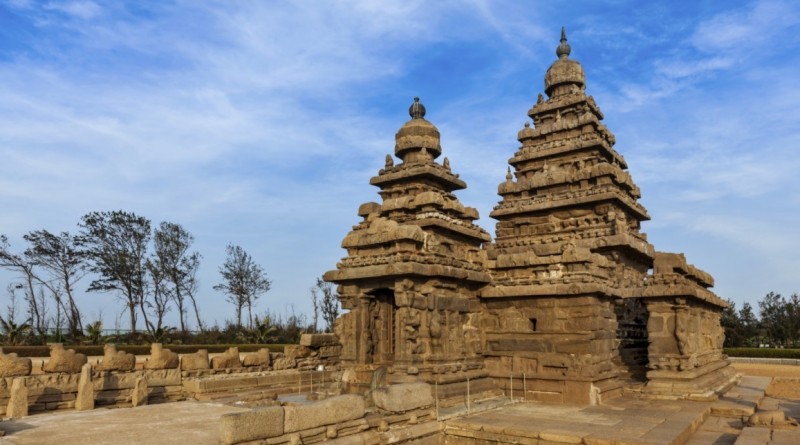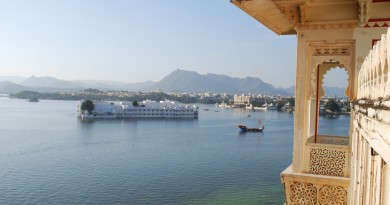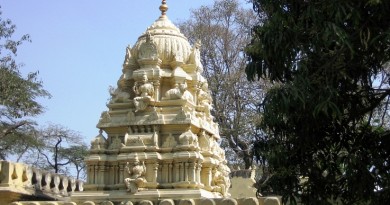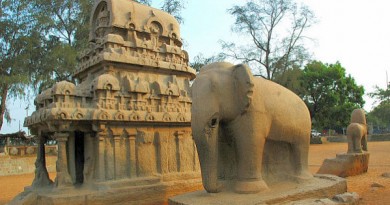Temples of South India
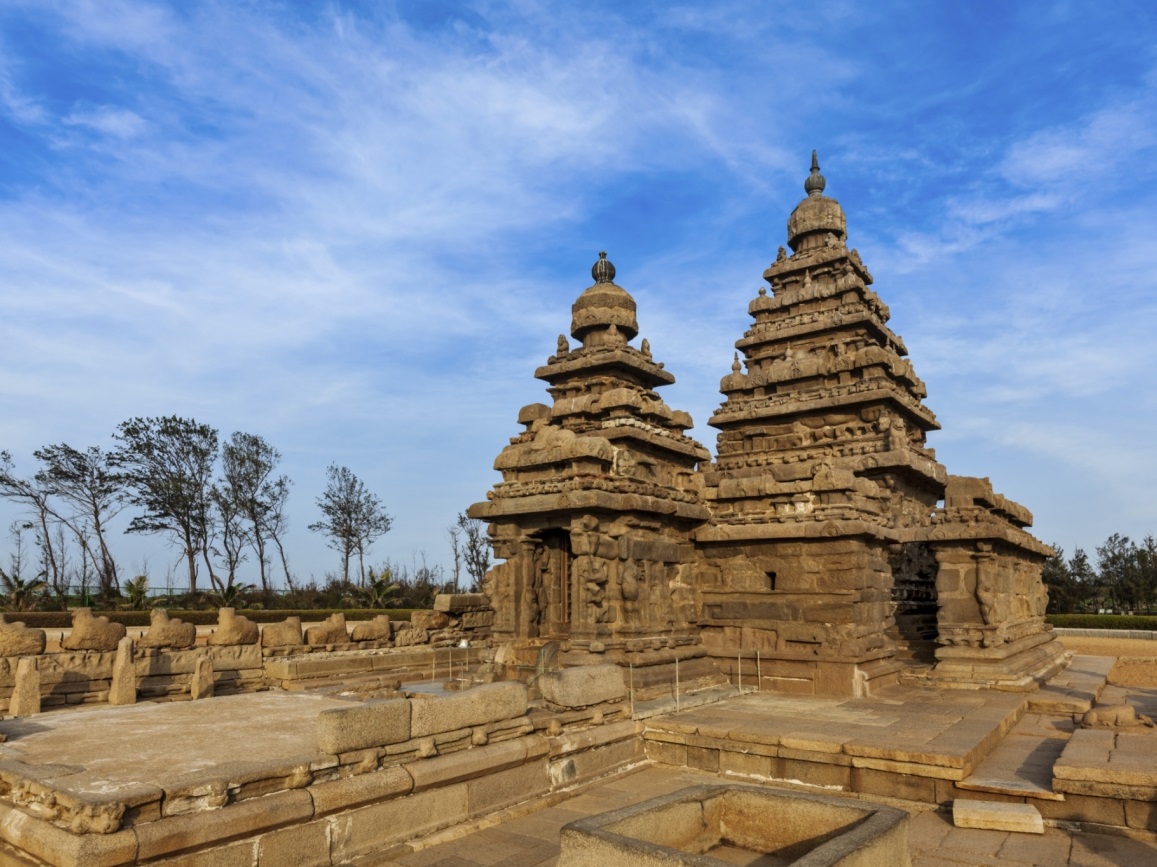 Anyone who has been to India knows that there quite peacefully coexist ancient and modern. The country is probably the biggest center for IT specialists in the world, one of the fastest growing economies and has biggest industrial centers in Asia. Of course among all these features, the country has big history and really a lot of ancient places to visit.
Anyone who has been to India knows that there quite peacefully coexist ancient and modern. The country is probably the biggest center for IT specialists in the world, one of the fastest growing economies and has biggest industrial centers in Asia. Of course among all these features, the country has big history and really a lot of ancient places to visit.
The Temples of South India are one of the most interesting and beautiful travel destination in Asia. Actually, religion is still an important part of the lives of Indians and is not uncommon to see them stop at the temple on the way to work or return to their home. The temples of South India and gods inhabiting them are part of the everyday life of Indians. So it is for centuries, so it continues to be today.
If you do not know in detail Indian culture, mythology and religion in the beginning will be difficult to orient yourself who is who among the galaxy of gods. Start with the divine trinity at the heart of Hinduism – Brahma (the creator), Vishnu (the defender) and Shiva (the destroyer). When it comes to South India and its temples, it is important to know that in each of the states of this part of the country speaks a different language, different culture, temples – too.
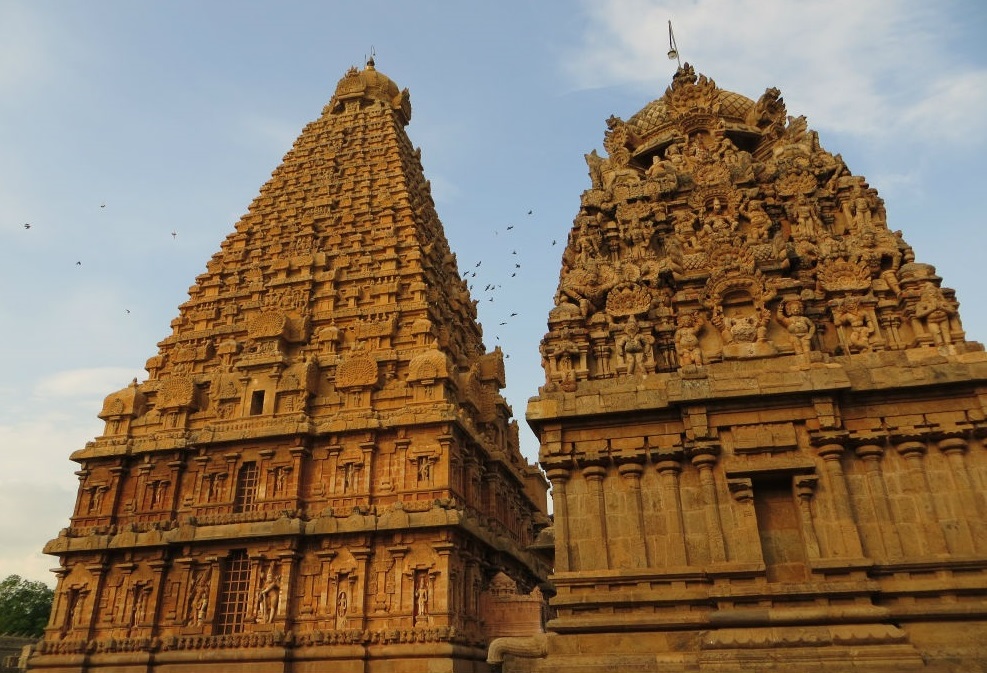 The temples in Kanchipuram and Mahabalipuram are an example of the grand style of the Pallava dynasty (between 7th and 9th century). From that time and impressive cave temples in Mahabalipuram and rock fortress in Trichy. Several centuries later Chola dynasty built beautiful monuments in Thanjavur. In Madurai you can see the exquisite temple Minakshi another dynasty – Nayak.
The temples in Kanchipuram and Mahabalipuram are an example of the grand style of the Pallava dynasty (between 7th and 9th century). From that time and impressive cave temples in Mahabalipuram and rock fortress in Trichy. Several centuries later Chola dynasty built beautiful monuments in Thanjavur. In Madurai you can see the exquisite temple Minakshi another dynasty – Nayak.
The most important place in Hindu temples called garbhagriha – usually looks like a small cave and is where is situated the deity of the temple. High similar to pyramids structures at the entrances to temples are called gopuram and are inscribed with color thumbnails of gods, goddesses, animals and other heavenly creatures.
Around the main altar has courtyards that after praying pilgrims circling three, seven or nine times. At one end of the yard there is usually a kitchen where is prepared and served food for the gods. Part of eating then given to pilgrims. Most temples in South India for thousands of years, changed, and strengthened by different rulers.

